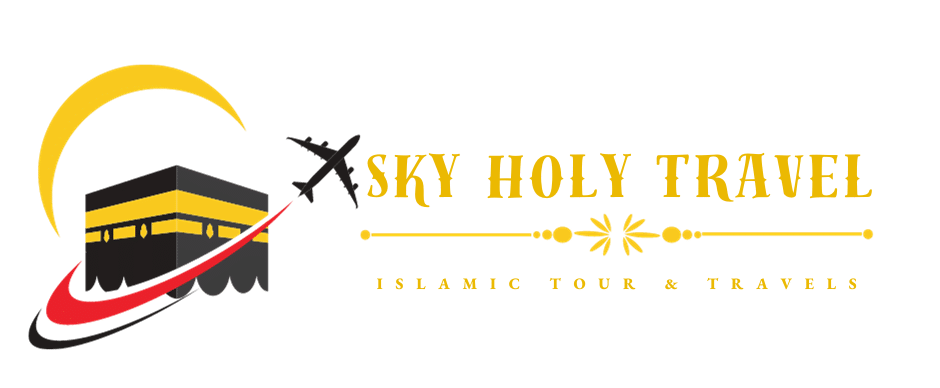Morocco Holidays
Morocco Holidays
Morocco:
- Marrakech: Morocco Holidays, Morocco Known as the “Red City,” Marrakech offers a sensory overload with its bustling medina, vibrant souks, and historic palaces. Don’t miss the Jardin Majorelle and the iconic Koutoubia Mosque.
- Fes: Morocco Holidays in Step back in time in Fes, home to the world’s oldest university, Al Quaraouiyine, and the mesmerizing Fes el-Bali medina. Explore the intricate architecture and artisan workshops.
- Chefchaouen: The “Blue Pearl” of Morocco, Chefchaouen, captivates with its azure-painted streets, nestled against the Rif Mountains. It’s a photographer’s paradise.
- Sahara Desert: Morocco Holidays in Embark on a camel trek into the vast Sahara. Witness the golden dunes, sleep under star-studded skies, and experience the magic of Berber hospitality.
Essaouira: This coastal gem offers a laid-back vibe, historic ramparts, and windswept beaches. Enjoy fresh seafood and explore the medina’s narrow alleys.
Morocco Religion and Geography:
Morocco Religion:
Islam: Morocco vs Brazil, Morocco is predominantly Muslim, with Sunni Islam being the dominant branch. The majority of Moroccans follow the Maliki school of jurisprudence within Sunni Islam.
Morocco Geography
-
-
- Location and Borders:
- Morocco is situated in the northwest corner of Africa.
- It shares land borders with Algeria to the east and southeast, and the disputed Western Sahara to the south.
- The Strait of Gibraltar separates Morocco from Spain, with a span of water measuring approximately 13 kilometers (8.1 miles).
- Mountain Ranges:
- The Atlas Mountains stretch from central north to the southwest, serving as the dorsal spine of the country. They extend for about 1,350 kilometers (840 miles).
- To the north of the Atlas Mountains lies the Rif Mountains, which form part of the Sierra Nevada mountain range in Andalusia, Spain. This chain spans about 250 kilometers (160 miles) from Tangier to Nador.
- Plateaus and Plains:
- Along the Atlantic coast, the Moroccan Plateau stretches from Tangier to Lagouira, covering a distance of about 2,310 kilometers (1,440 miles). These plains support fertile agricultural lands and contribute significantly to the local economy.
- In the extreme southeast, the lands become arid due to their proximity to the Sahara Desert. However, palm tree oases thrive in regions like Figuig and Zagora.
- Coastline:
- Morocco boasts a coastline of 1,835 kilometers (1,145 miles) along the Atlantic Ocean.
- When including the coast of the disputed Western Sahara, the total coastline extends to 2,945 kilometers (1,830 miles).
- Comparative Size:
- Morocco Holidays provide you chance to explore Excluding the Western Sahara, Morocco is slightly larger than California.
- Location and Borders:
-
When combined with the Western Sahara, it becomes slightly larger than Texas.Religious Practices: Moroccans observe daily prayers, fasting during Ramadan, and participate in communal worship at mosques. The Friday congregational prayer (Jumu’ah) holds special significance.
Morocco Culture analysis
Life Expectancy:
- Morocco Holidays, In Morocco, the average life expectancy is 74 years (72 years for men, 75 years for women) as of 2022.
- In Brazil, that number is 76 years (72 years for men, 80 years for women) as of 2022.
Obesity:
- Moroccans are 15.3% less.
- In Morocco, 26.1% of adults are obese (as of 2016).
Economic Factors:
- Morocco Holidays, Moroccans are 12.5% less likely to live below the poverty line. In Morocco, 4.8% live below the poverty line (as of 2013).
Literacy and Education:
-
-
-
- Morocco spends 15.1% more on education (5.3% of total GDP as of 2009)
-
-
Morocco holidays: Morocco is a captivating tapestry of diverse influences, shaped by centuries of history and a convergence of cultures. Let’s delve into its rich cultural fabric:
- Blend of Influences:
- in Morocco Holidays explore Moroccan culture is a harmonious fusion of Arab, Amazigh (Berber), Andalusian, African, Hebraic, and Mediterranean elements .
- This vibrant sphere encompasses personal and collective behaviors, language, customs, knowledge, beliefs, arts, legislation, gastronomy, music, poetry, and architecture.
- Andalusian Legacy:
- During the Almoravids empire period, Andalusian culture significantly influenced Morocco. Andalusians, expelled from Al-Andalus after the Reconquista, brought their rich heritage to North Africa .
- The Saadian Tombs in Marrakesh showcase exquisite stucco decoration from this era.
- Linguistic Landscape:
- In Morocco Holidays explore Morocco’s linguistic diversity is both horizontally diverse and vertically stratified.
- The two main components are Arabic and Berber. While Standard Arabic and Standard Moroccan Berber are official languages, Moroccan Arabic (Darija) is the national vernacular dialect.
- Berber languages (such as Tarifit, Tamazight, and Tashelhit) persist in mountain areas .
- Cultural Preservation:
- Morocco Holidays, Indigenous Moroccans play a crucial role in preserving their unique heritage.
- Traditional folk music, languages, and architectural styles reflect the country’s rich cultural legacy .
- Geographical Influence:
- Morocco’s geography—rugged mountains, vast deserts, and a stunning coastline—has shaped its culture.
- The blend of Arab, Berber, European, and African influences is evident in daily life, art, and traditions .
- Hospitality and Cuisine:
- Morocco Holidays, Moroccan hospitality is legendary. Sharing mint tea and breaking bread together is a cherished tradition.
- Tagines, aromatic spices, and sweet pastries like baklava tantalize taste buds.
- Art and Architecture:
- Intricate zellige tilework, carved wooden doors, and mosaics adorn Moroccan architecture.
- Medinas, ancient city centers with narrow alleys, reveal hidden gems.
- Celebrations and Festivals:
- From the lively Marrakesh International Film Festival to the spiritual Fez Festival of World Sacred Music, Morocco hosts diverse events.
- Ramadan is a time of communal fasting and reflection.
- Craftsmanship:
- Skilled artisans create handwoven carpets, metalwork, and leather goods.
- The blue-painted streets of Chefchaouen are a testament to artistic expression.
- Spirituality and Tolerance:
- Morocco Holidays explore, Morocco embraces religious diversity. Islam is predominant, but the country also respects its Jewish heritage.
- The Hassan II Mosque in Casablanca exemplifies architectural grandeur.
-
-
Visit our website Skyholytravel.co.uk and get tour packages for Morocco Holidays
-





